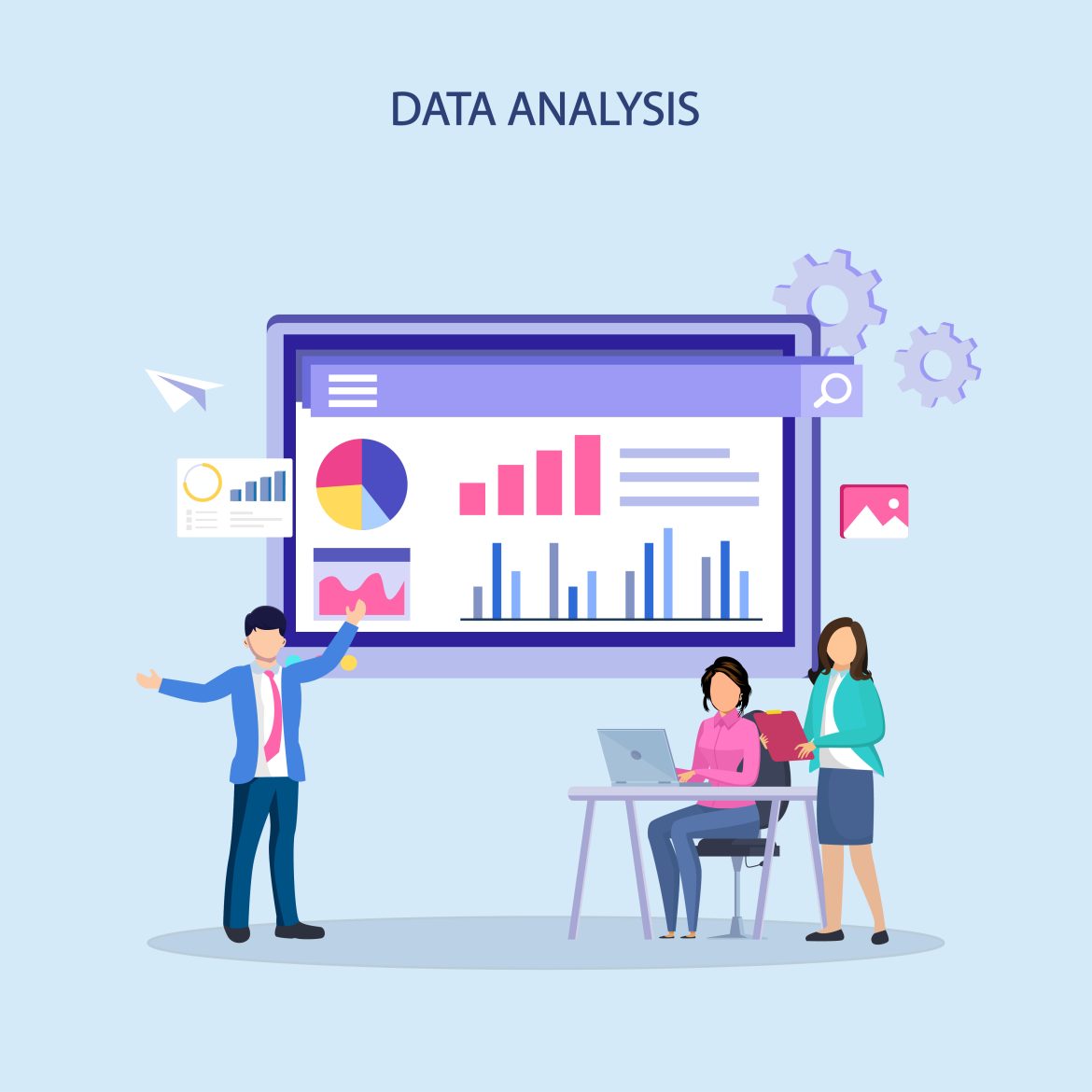Table of Contents
Introduction: Why SaaS KPI Tracking Needs a Data Analytics Boost
Any SaaS company’s lifeblood is its Key Performance Indicators (KPIs). These metrics—which range from churn rate to monthly recurring revenue (MRR)—direct strategy, engagement with investors, and product development. However, today’s fast-paced, data-rich environment renders old KPI tracking techniques—whether manual or siloed—ineffective.
In this field, data analytics has changed the game. Analytics technologies may change KPI tracking from reactive reporting to proactive decision-making by fusing automation, machine learning, and real-time dashboards. It is imperative that SaaS organizations incorporate strong data analytics into their KPI strategy if they hope to scale effectively and maintain their competitiveness.
From Static Dashboards to Dynamic Insights
SaaS organizations have long used dashboards to track important information. Static dashboards, however, only provide a moment in time of performance. They are unable to identify more profound patterns or offer context. Advanced data analytics is useful in this situation. Current analytics solutions are able to process data in real-time from a variety of sources, including product usage logs, billing tools, and CRM systems.
For example, by linking usage frequency, support requests, and behavior patterns, data analytics can assist in determining the reasons for user attrition rather than only monitoring it. With this degree of understanding, KPI tracking becomes a proactive role. It assists leaders in identifying problems before they become more serious and in identifying chances for upselling and retention.
Data analytics transforms KPI tracking into something more dynamic, contextual, and actionable by moving beyond static images.
Real-Time Monitoring for Faster Response
In SaaS, speed is important. A business can lose a lot of money if it takes a little longer to respond to a decline in user engagement or an irregularity in payment conversions. Data analytics enables real-time KPI monitoring and helps teams react swiftly to emerging problems.
Consider customer service as an illustration. Analytics tools can quickly identify the problem and identify its underlying cause, whether it’s agent overload or a technical malfunction, if the average resolution time increases. This timely warning solution ensures teams meet SLAs, reduce downtime, and improve customer satisfaction.
Furthermore, experimentation is fueled by real-time monitoring. Product managers can quickly observe how changes impact key performance indicators (KPIs) such as feature adoption rates or daily active users (DAUs) by testing new features. This recurrent cycle decreases guesswork and accelerates creativity.
Predictive Analytics: From Reporting to Forecasting
Although tracking historical KPIs is crucial, predicting the future is where the true value is found. To predict the future, predictive analytics makes use of statistical algorithms, machine learning models, and historical data.
For instance, a SaaS business can forecast customer attrition months ahead of time by examining support interactions, usage patterns, and NPS ratings. Customer success teams can take early action with tailored retention strategies thanks to this proactive insight.
Similarly, using lead velocity and current trial-to-paid conversion rates, predictive analytics can assist in forecasting revenue growth. Better resource allocation, hiring, and budgeting are supported by this foresight.
KPI tracking is transformed from a backward-looking task to a strategic growth enabler through forecasting with data analytics.
Custom KPIs for Unique Business Models
Not every SaaS company is the same. The performance drivers of a vertical SaaS designed for enterprise clients differ from those of a horizontal SaaS catering to SMBs. In these situations, generic KPIs could overlook important details. Businesses can create and monitor customized KPIs that correspond with their distinct objectives and customer journeys thanks to data analytics.
A SaaS platform focused on team communication can prioritize metrics like “messages per user” or “teams created per week.” Using analytics tools, the team can define these KPIs, collect relevant data, and measure them over time. Instead of depending only on industry-standard measurements, this personalization guarantees that businesses are assessing what really counts.
Additionally, custom KPIs encourage improved departmental alignment. Marketing, sales, product, and finance teams can track metrics that highlight their unique contributions to the company’s overall performance.
Challenges and Considerations in Implementing Data Analytics
Implementing data analytics for KPI tracking is not without its difficulties, despite its advantages. Data silos, poor data quality, and a shortage of qualified staff frequently hinder progress. To establish a single source of truth, SaaS companies need to make investments in data governance and integration.
Furthermore, it might be very difficult to choose the best analytics tools.Some platforms, like Mixpanel and Amplitude, focus specifically on product analytics, while others, like Tableau, Looker, or Power BI, provide robust visualization features. The size, objectives, and technological prowess of the business all influence the decision.
Additionally, there is a chance of data overload. Over-tracking KPIs might cause concentration problems. A limited number of high-impact metrics should be given priority by leaders, and analytics should only be used to go deeper when required.
SaaS businesses can steer clear of typical blunders and realize the full potential of analytics by being mindful of these hazards.
Conclusion: Making Data Analytics Core to SaaS Growth
The way SaaS companies handle KPI tracking is changing as a result of data analytics. It provides intelligence in addition to efficiency. Analytics tools enable teams to make decisions more quickly, intelligently, and confidently by providing real-time alerts, predictive insights, and customized KPIs.
Data-driven KPI tracking can make the difference between leading and lagging in a market with narrow margins and intense competition. SaaS executives need to see analytics as an ongoing skill that develops with their company rather than as a one-time improvement.
Performance will not only be tracked but also shaped by those who include data analytics extensively into their KPI frameworks.

